Many times, new moms tire of breastfeeding in the early days of this journey; sometimes, this is due to stress, physiological changes, or even the pain experienced while feeding their little ones. The truth is, this sharp pain during breastfeeding can discourage many moms from the all-important process of breastfeeding.
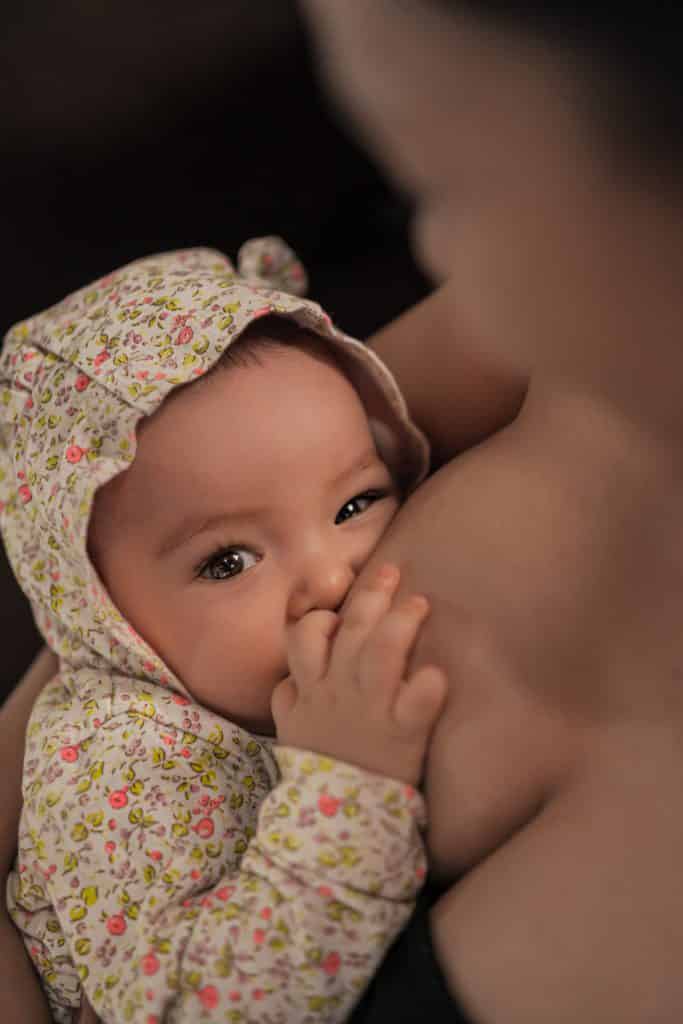
It is interesting to note that the cause of this pain varies from woman to woman, therefore, each mom should carefully check for the specific underlying cause; as it’s the first step to proper treatment. This article provides you with the causes, prevention, and treatment of sharp pain during breastfeeding.
Causes of Pain During Breastfeeding
This is a condition that ensues when the breasts produce more milk than is removed either by the baby sucking or by pumping. Essentially, it’s a situation where supply exceeds demand. As a result of this, the breast becomes overfilled and quite painful.
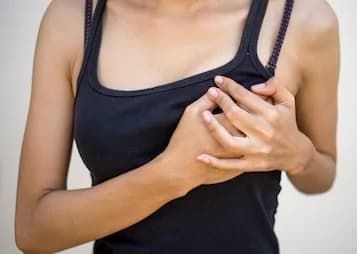
- Let-down Reflex
Let down means the release of milk. Mothers share a very special bond with their babies. Sometimes, when a new mom hears her baby cry or just thinks about him/her, the ‘let-down’ reflex occurs, leading to a stimulation of the milk ducts.
This experience can be painful for first-time moms, especially when it’s not feeding time, as it causes the milk ducts to distend significantly.
- Using A Wrong Latch
For many breastfeeding moms, especially first-time moms, it may take some time to learn the right position during breastfeeding. When a proper nursing latch is used while nursing, the baby is able to get the milk properly, causing no pain to his/her mom.
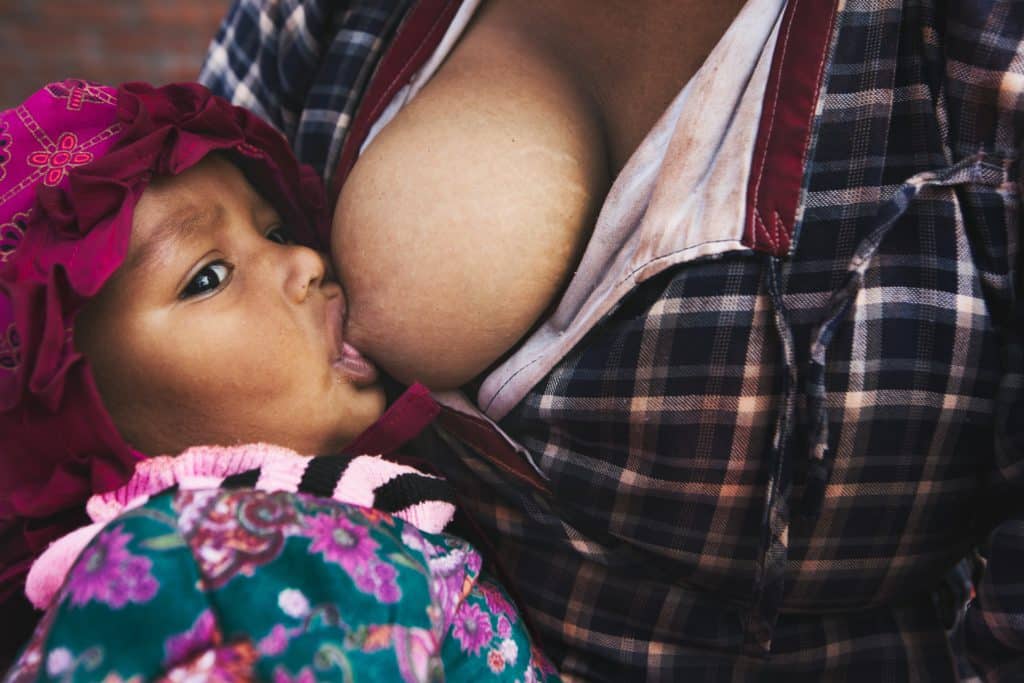
However, a shallow latch pressures the nipple & causes an entire world of pain. Sometimes, bruising may occur. One tip to note and remember always is that feeding a baby is breastfeeding, not nipple feeding. Ensure your baby’s lips are around most of your areola when feeding. Read our helpful article on fixing latching problems here.
- Yeast infections
Babies can develop an oral yeast infection also known as thrush and then pass it to the mothers’ nipple during feeding, resulting in painful, sore & tender breasts. A baby with a yeast infection can have any of the following symptoms: white patches on the tongue or inside of the cheeks, diaper rash, or persistent fussiness.
- Mastitis
Mastitis is an inflammation of the breast tissue, which usually results from delayed/improper treatment of a blocked milk duct. Whenever this occurs, the breast or breasts become swollen and tender, and breastfeeding is always painful for the affected mother.
- Tender Nipples
We understand that the first few days are the toughest. In this period, you may have to deal with painful, sore, or cracked nipples. However, once your baby latches on well, this pain will subside.
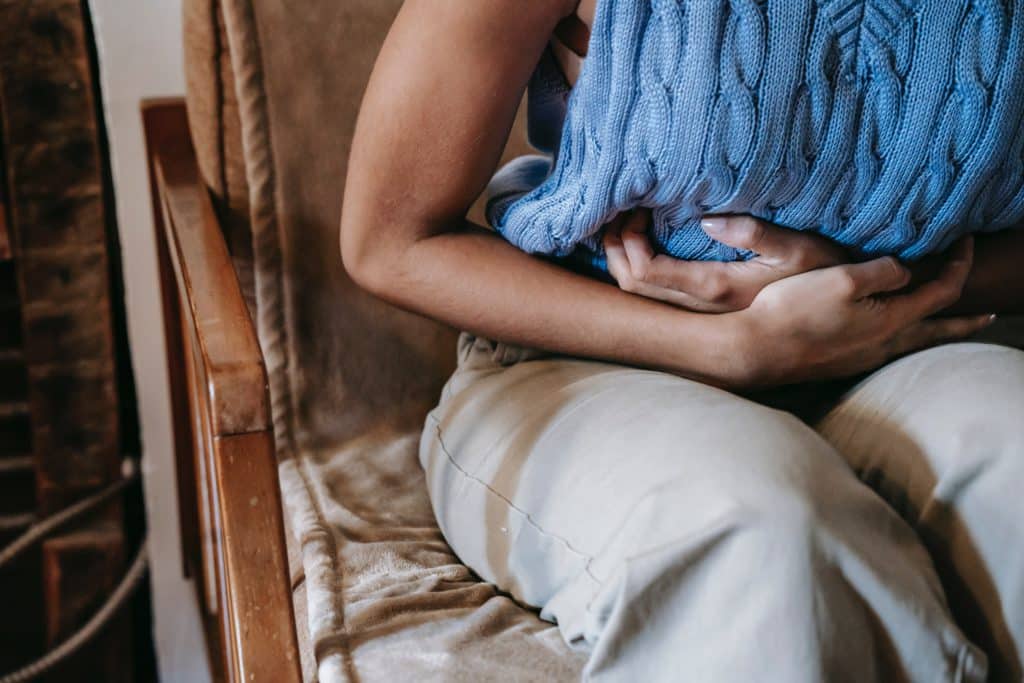
- Breast Abscess
When the inflammation caused by mastitis persists, it can lead to breast abscess. A breast abscess is a condition characterized by a pus-filled boil on the breast. Breast abscesses are really uncomfortable and quite painful.
Prevention of Pain During Breastfeeding
- Get A Good Latch
To get a good latch, hold your baby’s chin down gently and open as they approach to feed. Then tickle your baby’s upper lip with your breast and wait until their mouth is wide open before you guide them to the breast gently.
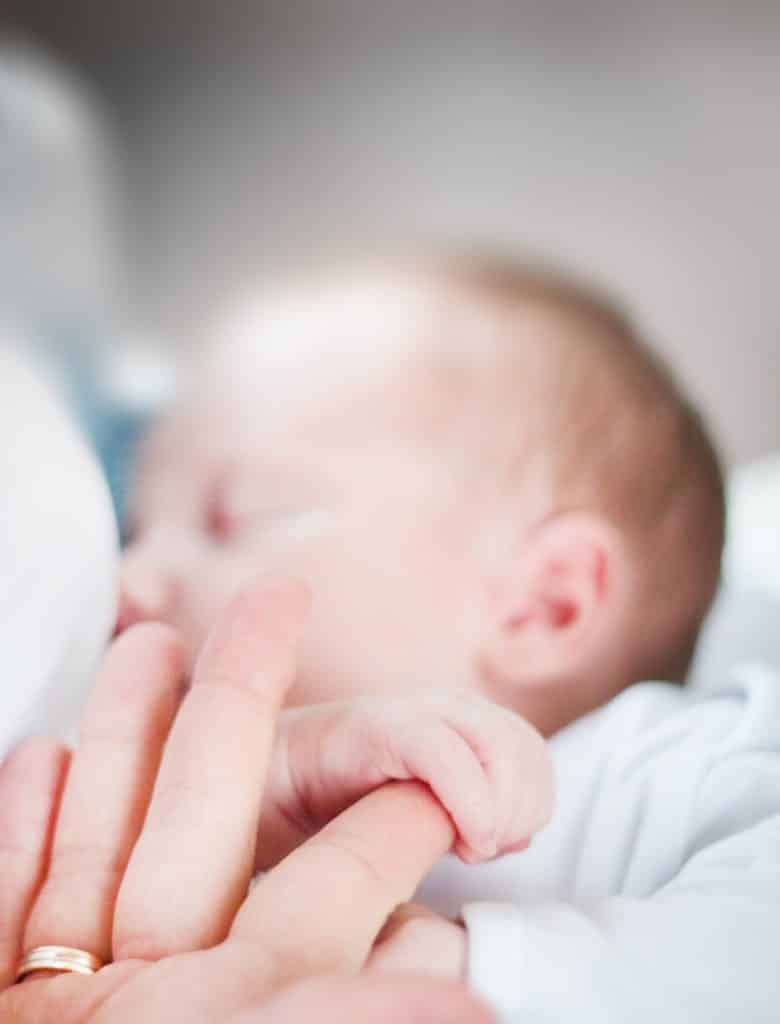
- Help Your Baby Unlatch
While helping your baby unlatch, it’s important to break the suction before pulling him/her off. To unlatch your baby, put your finger between your breast and his/her gums gently to break the suction. Then guide your baby’s head away from your chest. Doing this right would prevent the possibility of a sore nipple or pain during breastfeeding.
- Adjust Your Hold
Your holding position during breastfeeding goes a long way to determine how comfortable feeding sessions are for you and your little one. To attain a healthy hold, ensure that your baby’s face is parallel to your breast and his/her tummy is in contact with your body. You can try out multiple positions and change positions to avoid getting sore.
- Prevent Thrush
Each time you breastfeed, you leave your nipples wet. Persistently wet nipples can lead to thrush; a yeast infection of the nipples. An infected nipple hurts a lot during breastfeeding, furthermore, this thrush can be transferred to the baby, making him/her really sick.
To prevent thrush, keep your nipples dry. Once feeding sessions are over, dry your nipple with a baby towel.
- Keep Your Nipples Moisturized
Nipples may crack and bleed during breastfeeding as a result of dryness. Therefore, you need to moisturize them often. Ensure you use only moisturizers that are safe for babies since your little one would put his/her mouth directly on your nipple. Apply the cream on your nipple after feeding so that your skin can absorb it all before the next feeding session.
- Wear A Supportive Bra
Avoid underwired bras while breastfeeding. Try out nursing camisole tops that can stretch more. You can also ask your doctor what bra type is best for you.
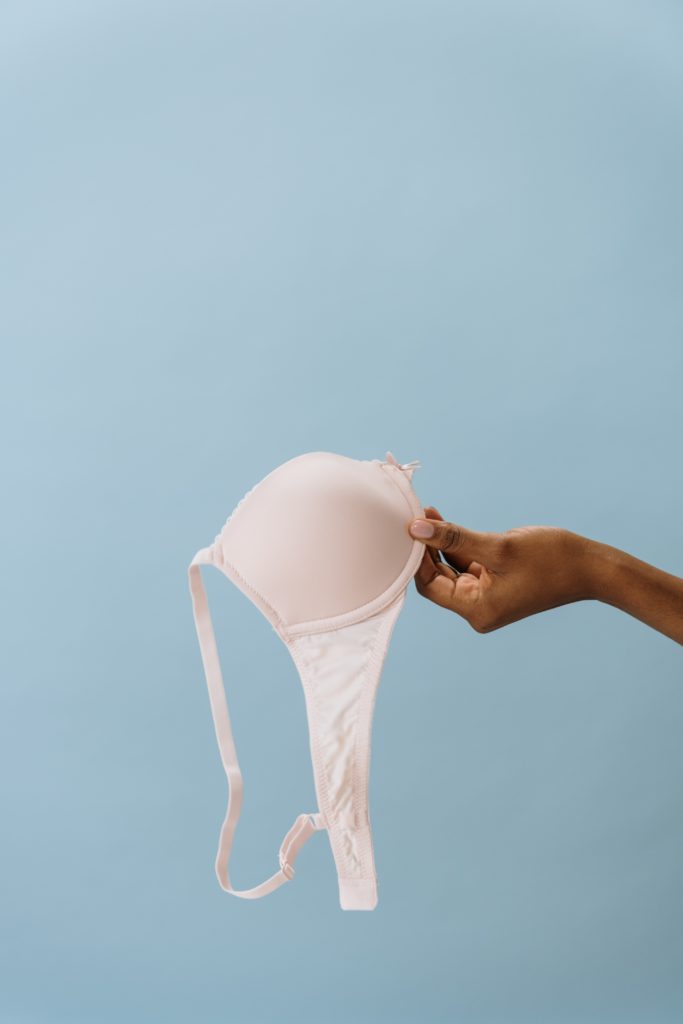
- Treat Mastitis
Whenever you observe a reduction in milk production or painful swelling in your breasts, please consult your doctor immediately. This may result from a blocked milk duct that should be treated immediately.
Treatment of Pain During Breastfeeding.
- Reduce engorgement if your breasts are engorged: The breasts become engorged when they are too full. To express more milk from your breast, use a warm, wet towel to compress your breasts one after the other. You can also use a breast pump to remove more milk and store if you want to.
- Apply a cold compress: A cold compress soothes sore nipples after breastfeeding. To use a cold compress, place a piece of fabric between your skin and an icepack. Please, do not place an icepack directly on your skin.
- Treat your nipple if it’s blocked: Blocked nipples appear as a whitish or yellowish blister on the nipple. It may go away on its own or reoccur in some cases. You can use a warm compress or massage with olive oil for relief. However, you should not pick at it as it may lead to bleeding and infection. If you have a painful and reoccurring blister on your nipple, consult your doctor immediately.
- Soothe sore nipples with a hydrogel pad. You can use hydrogel pads at room temperature to relieve pain from sore nipples. These pads also prevent your nipples from sticking on your bra fabric.
Conclusion
Breast pain can discourage you from feeding your baby, leading to malnutrition for your baby. It is best to seek medical help as soon as you notice any pain in your breast.
References
Kirsti Kaski and Linda J. Kvist (2018). Deep breast pain during lactation: a case-control study in Sweden investigating the role of Candida albicans. International Breastfeeding Journal volume 13, Article number: 21. Accessed on 2nd March, 2021 from https://internationalbreastfeedingjournal.biomedcentral.com/articles/10.1186/s13006-018-0167-8
Jacqueline C. Kent, Elizabeth Ashton, Catherine M. Hardwick, Marnie K. Rowan, Elisa S. Chia, Kyle A. Fairclough, Lalitha L. Menon, Courtney Scott, Georgia Mather-McCaw, Katherine Navarro, and Donna T. Geddes (2015). Nipple Pain in Breastfeeding Mothers: Incidence, Causes and Treatments. International Journal of Environmental Research and Public Health. Accessed on 2nd March, 2021 from https://www.ncbi.nlm.nih.gov/pmc/articles/PMC4626966/#__ffn_sectitle
Priscilla Tait (2000). Nipple Pain in Breastfeeding Women: Causes, Treatment, and Prevention Strategies. Journal of Midwifery and Women’s Health. Accessed on 2nd March, 2021 from https://www.researchgate.net/publication/12412775_Nipple_Pain_in_Breastfeeding_Women_Causes_Treatment_and_Prevention_Strategies

